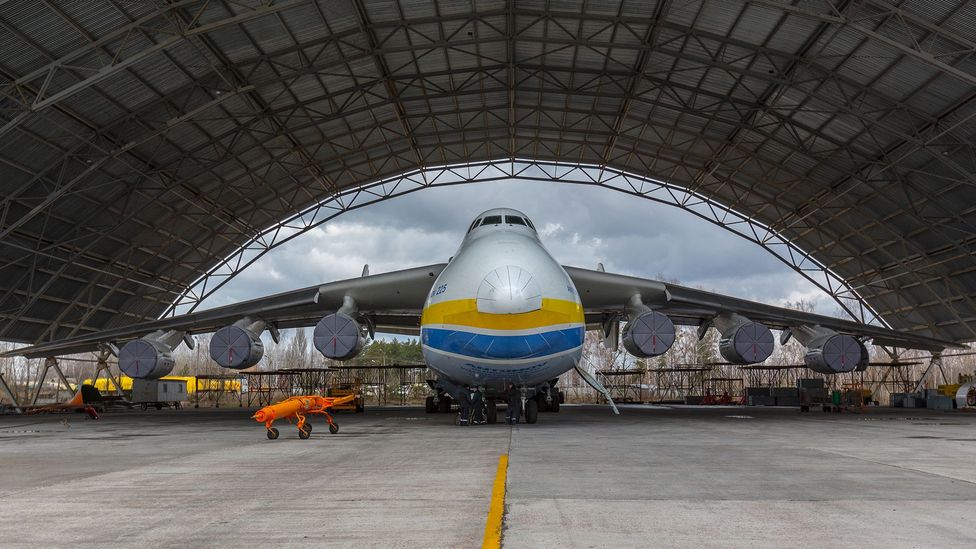

After several studies, the stretched 747-8 was launched on November 14, 2005, with new General Electric GEnx engines, and was first delivered in October 2011. The heavier 747-400 with improved RB211 and CF6 engines or the new PW4000 engine (the JT9D successor), and a two-crew glass cockpit, was introduced in 1989 and is the most common variant. It was shortened for the longer-range 747SP in 1976, and the 747-300 followed in 1983 with a stretched upper deck for up to 400 seats in three classes. The partial double-deck aircraft was designed with a raised cockpit so it could be converted to a freighter airplane by installing a front cargo door, as it was initially thought that it would eventually be superseded by supersonic transports.īoeing introduced the -200 in 1971, with more powerful engines for a heavier maximum takeoff weight (MTOW) of 833,000 pounds (378 t) from the initial 735,000 pounds (333 t), increasing the maximum range from 4,620 to 6,560 nautical miles (8,560 to 12,150 km 5,320 to 7,550 mi). It has a pronounced 37.5° wing sweep, allowing a Mach 0.85 (490 kn 900 km/h) cruise speed, and its heavy weight is supported by four main landing gear legs, each with a four-wheel bogie. With a ten-abreast economy seating, it typically accommodates 366 passengers in three travel classes. The 747 is a four-engined jet aircraft, initially powered by Pratt & Whitney JT9D turbofan engines, then General Electric CF6 and Rolls-Royce RB211 engines for the original variants. The 747 was the first airplane called a "Jumbo Jet" as the first wide-body airliner. It entered service with Pan Am on January 22, 1970. The first flight took place on February 9, 1969, and the 747 was certified in December of that year. On September 30, 1968, the first 747 was rolled out of the custom-built Everett Plant, the world's largest building by volume. In April 1966, Pan Am ordered 25 Boeing 747-100 aircraft, and in late 1966, Pratt & Whitney agreed to develop the JT9D engine, a high-bypass turbofan.

In 1965, Joe Sutter left the 737 development program to design the 747, the first twin-aisle airliner. It also secured 1,109 orders from 44 customers, however, none of them were for the A380.The Boeing 747 is a large, long-range wide-body airliner designed and manufactured by Boeing Commercial Airplanes in the United States between 19.Īfter introducing the 707 in October 1958, Pan Am wanted a jet 2 + 1⁄ 2 times its size, to reduce its seat cost by 30%. It just so happens we have the aircraft they want to fly in.”Īirbus said it delivered 718 aircraft in 2017, up 4 percent on its previous best achieved in 2016. “If people want to fly, they need to fly in bigger aircraft. “You’re not going to double the number of flights going into Heathrow, or Frankfurt or Charles de Gaulle, or JFK, or LAX, or Hong Kong, or Beijing. “Every 15 years air traffic doubles,” he said. However, Leahy stressed that he believes the A380 will have a future, affirming that “its time will come” as airports continue to get congested. But I am hopeful we’ll work out a deal with Emirates.” “Quite honestly if we can’t work out a deal with Emirates I think there is no choice but to shut down the programme. “We’re still talking to Emirates but they are probably the only one who has the ability right now in the marketplace to take a minimum of six a year for a period of eight to ten years,” said Leahy. It said the minimum annual number it is prepared to build each year is six. Speaking following the publication of the company’s orders and deliveries for 2017, the soon-to-retire sales chief John Leahy said Airbus would have to halt the programme if Emirates, its largest customer, did not place another order.Īirbus plans to build 12 A380s in 2018 and a further eight in 2019. European plane maker Airbus has confirmed that unless it can find more buyers for its A380 aircraft, the programme may have to end.


 0 kommentar(er)
0 kommentar(er)
